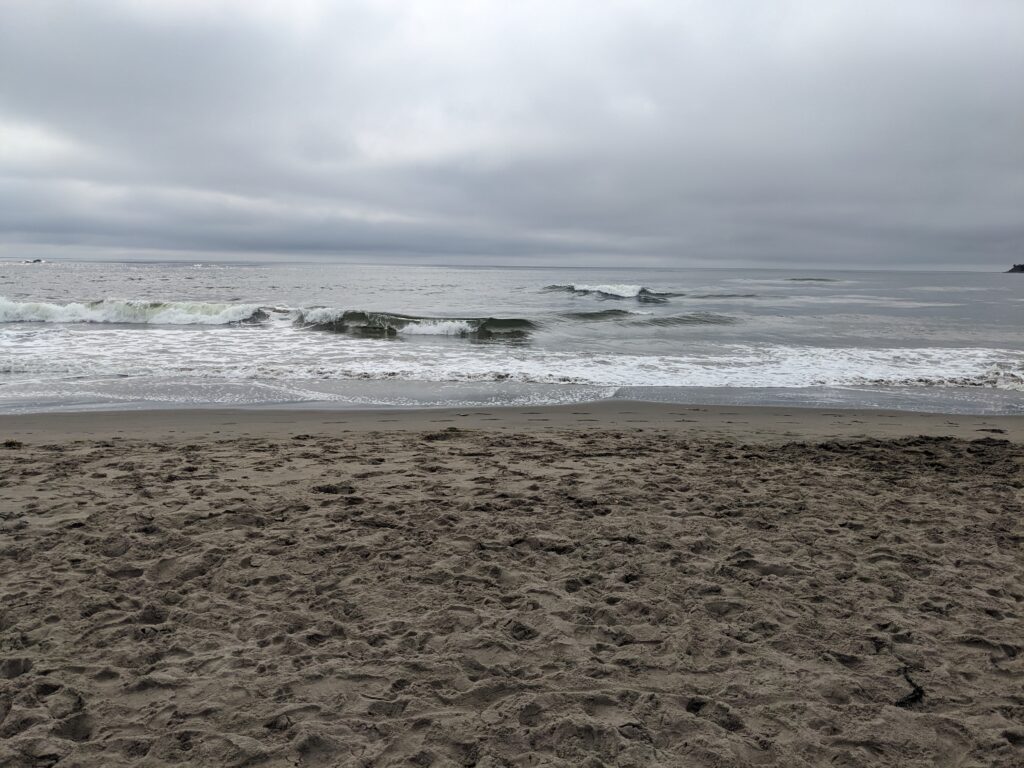The holidays evoke a lot of senses and a lot of emotions. In my experience, people are quick to describe the sights, sounds, and tastes of the holidays. Lights are a popular feature to discuss. As well, some people have favorite holiday foods they look forward to. Others enjoy the distinct holiday noises of special songs or bells ringing and jingling. It seems, however, that few people take time to detail the wonderful smells of the holiday season. I’ve always had a super sniffer, so perhaps this is why smells feel so important to me. In sweetly scented areas it’s a blessing, but in other places, like public transit, it can be a bit of a curse.
A telltale sign of the holiday season for me is the aroma of freshly cut firs, a crisp tang in the air, and the distinctive smell of snow coming. Other scents include citrus, baked spice cookies, holiday cakes, and ginger.
One summer I recall talking with my friend’s son about his daycare years. I think at the time he was about 10 or 11 years old so it had been quite a while for him. He went to a private home daycare. The provider frequently served pasta to the kids for lunch. A prominent and distinct memory for him was the smell of spaghetti.
As he described the smell, a change came over him. He laughed slightly and flushed warmly, perhaps at the memory of the delicious spaghetti lunches. It was heartwarming to see the powerful impact that remembering this scent had for him. Hearing him speak, I could remember smells from my own childhood that evoked a similar sensation.
Before the early waves of Covid started, robbing people of their sense of smell, I don’t think this sense got the credit it deserved. It’s a strong sense that steers us away from danger (i.e., bad milk, leaked gas), gives us information (i.e., illness, attraction), or provides comfort. Importantly, it also affects how we taste things.
This holiday season, take a moment to enjoy the gift of this impressive sense.
Happy Holidays!



